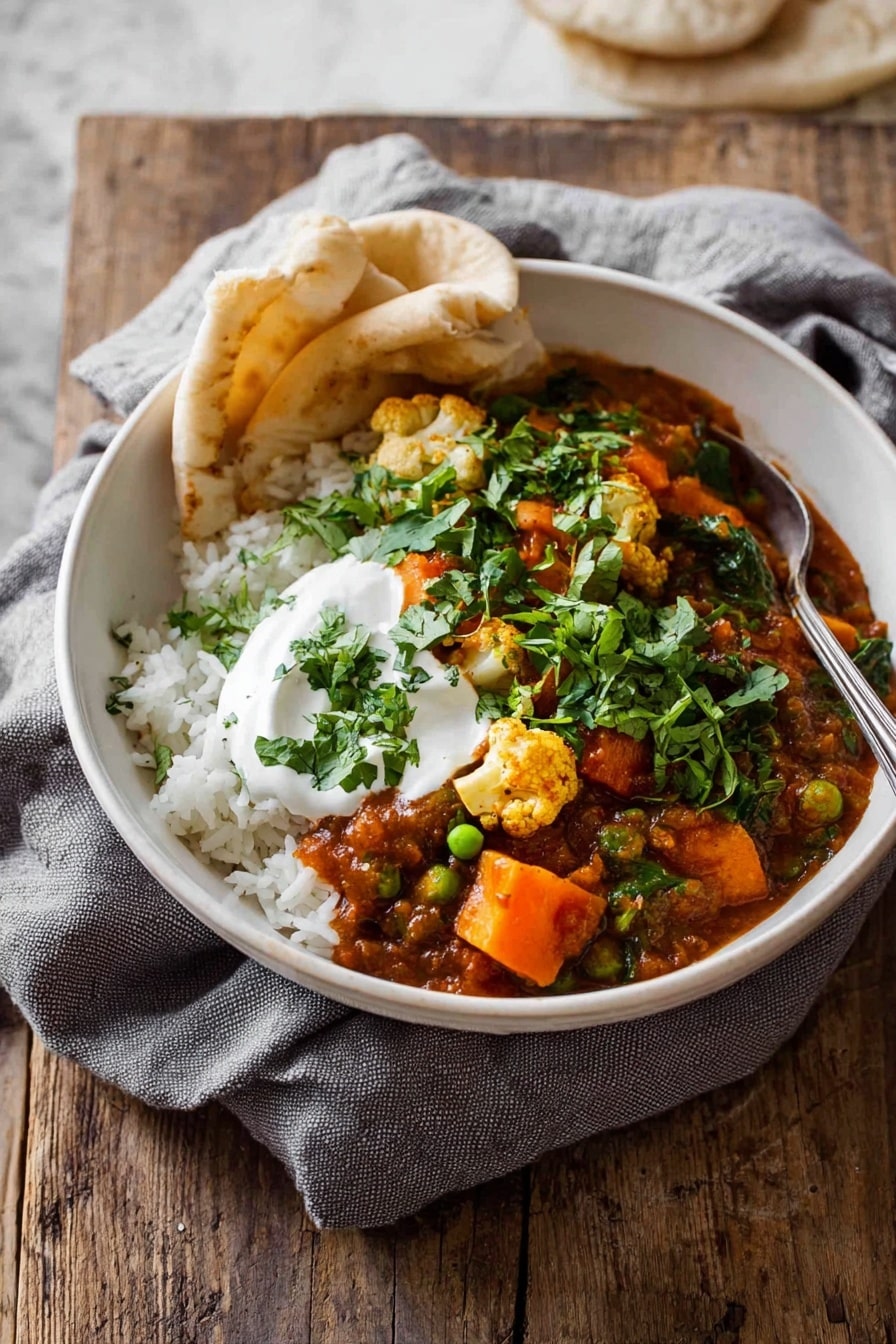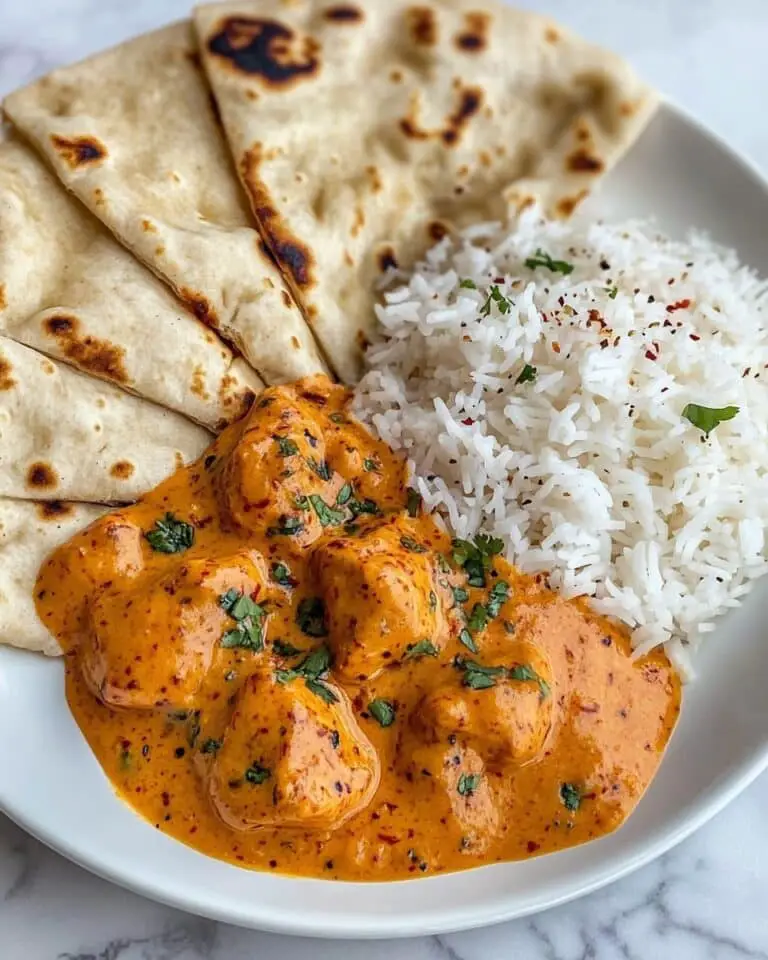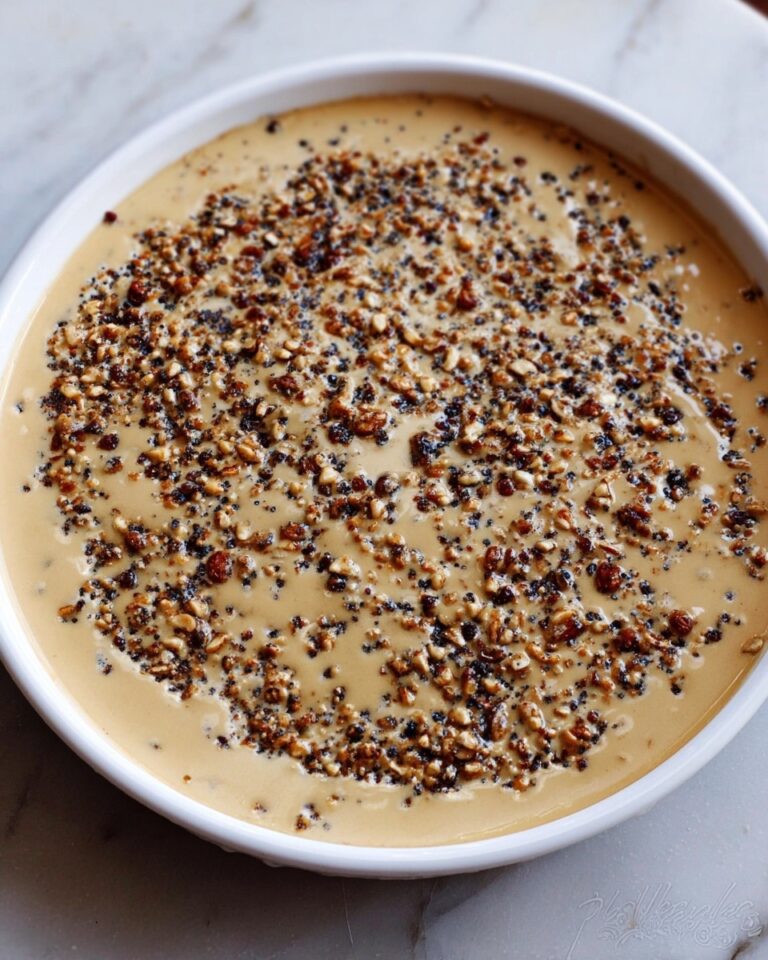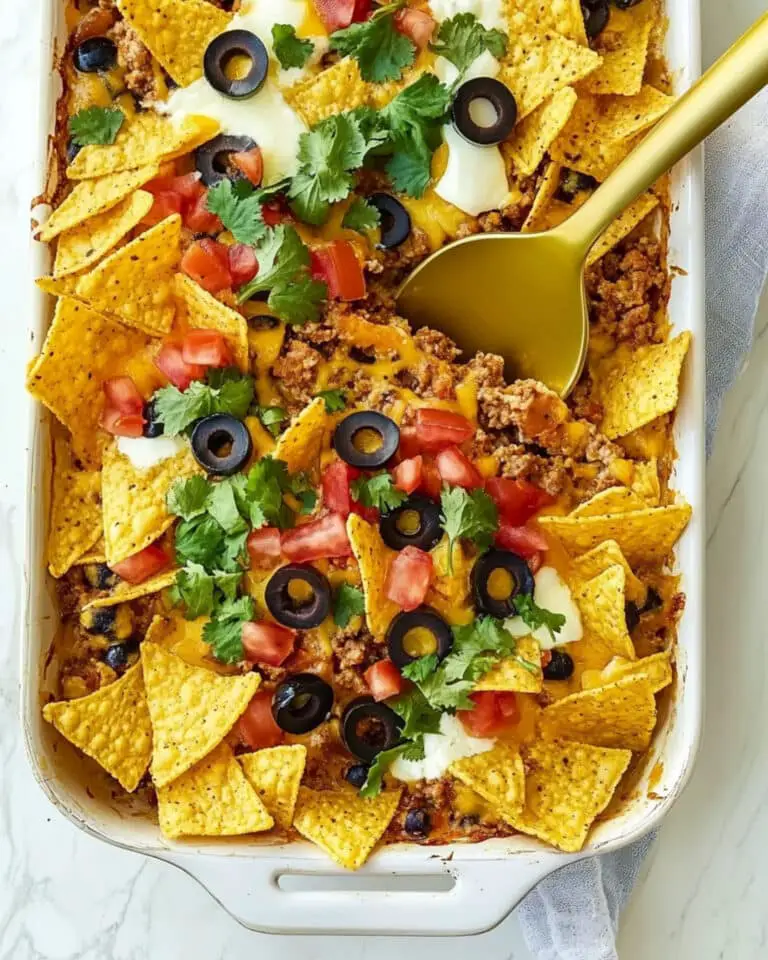
If you’re craving something comforting, vibrant, and packed with wholesome veggies, you’re going to absolutely love this Vegetable Curry Recipe. It’s one of those dishes that feels like a warm hug after a long day — rich, creamy, and bursting with flavors that sing. Plus, it’s super flexible and forgiving, so whether you’re a kitchen newbie or a seasoned pro, you’ll find that this recipe is just as fun to make as it is to eat. Stick around, and I’ll walk you through all the tips and tricks I’ve picked up to make your curry taste restaurant-worthy every time!
Why You’ll Love This Recipe
- Loaded with Veggies: You get a colorful mix of carrots, potatoes, cauliflower, and peas that make it hearty and healthy.
- Creamy & Flavorful: The cashew cream adds a luscious texture without dairy, making it comforting and rich.
- Kid-Friendly Options: You can easily tweak the heat and ingredients for little ones or spice lovers alike.
- Super Easy to Customize: Swap veggies or adjust spices to make it your own every time.
Ingredients You’ll Need
Every ingredient here plays a role in creating that classic curry warmth and balance. I always keep my spices fresh for the best aroma, and the mix of veggies makes the curry vibrant, both in flavor and color.
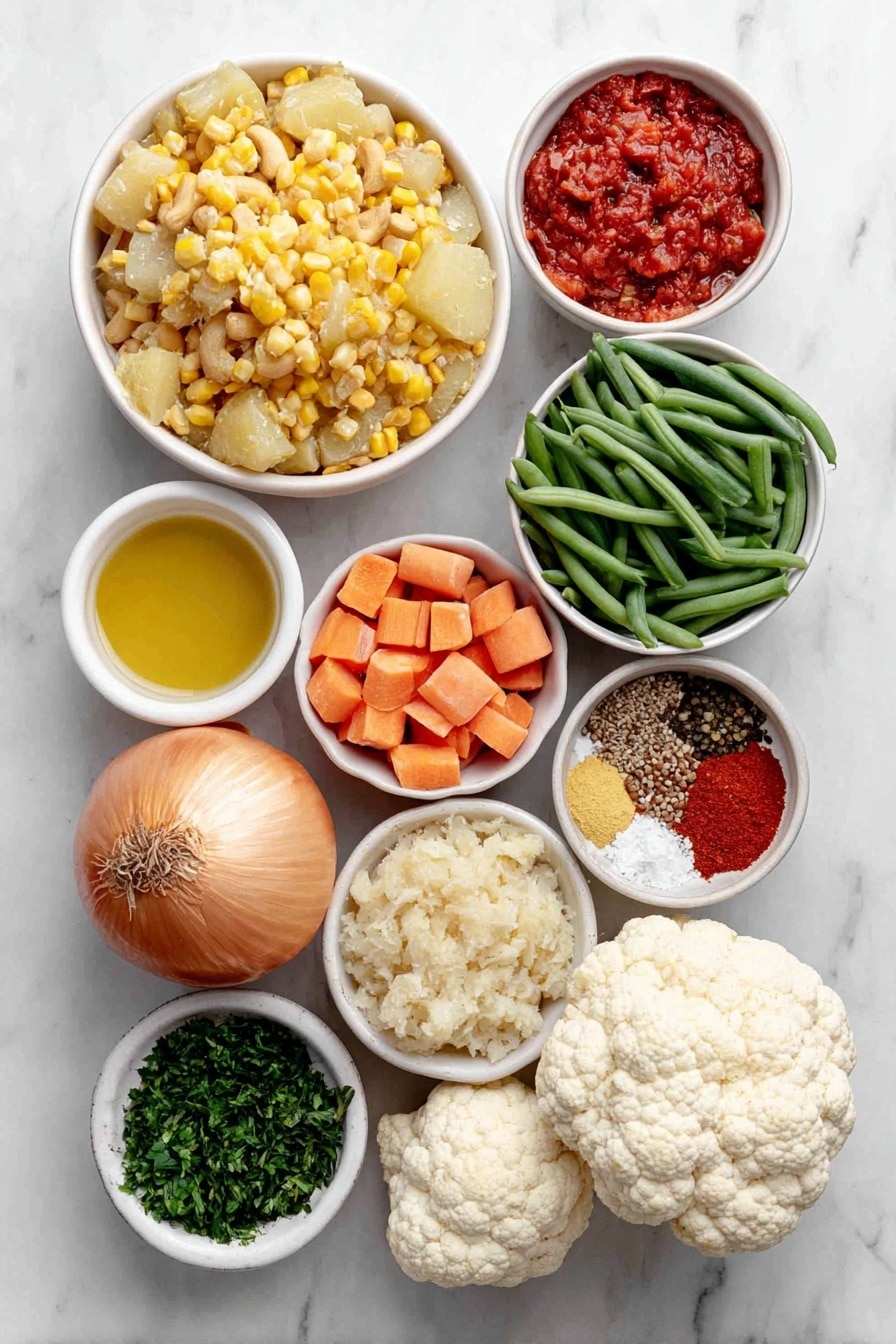
- Oil: Choose a neutral oil like vegetable or canola; it’s perfect for sautéing without overpowering the spices.
- Onion: Finely chopped to dissolve into the sauce, adding sweetness and body.
- Green chili: Adds a subtle heat; feel free to skip it for a milder curry.
- Ginger garlic paste: This combo is my secret weapon — fresh or store-bought both work well.
- Pureed tomatoes: Use sweet tomatoes, avoiding overly tangy ones, for a balanced taste.
- Coriander leaves: Fresh cilantro brightens up the final dish, so don’t skimp on it.
- Kasuri methi: Dried fenugreek leaves add a unique earthy note — optional but highly recommended.
- Hot water: Helps adjust the consistency — use as needed for your preferred thickness.
- Cashews: Soaked and pureed, they create a rich, creamy base without dairy — you can swap this with coconut milk or nut butter.
- Carrot: Adds natural sweetness and texture.
- Potatoes: Give body to the curry and soak up all the flavors.
- Green beans: Provide a nice snap and color contrast.
- Peas: Fresh or frozen are both fine — they pop with sweetness.
- Cauliflower florets: My favorite curry vegetable for its ability to soak up the spices.
- Sweet corn kernels: Optional, but they lend bursts of crunchy sweetness.
- Kashmiri red chili powder: Mild heat with a beautiful red color; adjust to your spice comfort.
- Garam masala: The final aromatic punch that brings everything together.
- Cumin powder: Earthy and warm; you can omit if using curry powder.
- Coriander powder: Adds citrusy undertones; adjust with curry powder if preferred.
- Turmeric: Just a pinch for color and subtle earthiness.
- Salt: Enhances all the flavors — always taste and adjust as you go.
- Cumin seeds, cardamoms, cinnamon, bay leaf or curry leaves: Whole spices for tempering that add deep, complex notes right at the start.
Variations
I love customizing this vegetable curry recipe depending on what’s in season or what’s lurking in my fridge. It’s a forgiving base that you can easily play with and suit to your mood or diet.
- Make it Vegan & Dairy-Free: I usually stick to cashew cream or coconut milk, but swapping nut butter works great too for creaminess.
- Extra Protein: Adding chickpeas or paneer chunks kicks up the protein and makes it more filling for dinner guests.
- Spice Level: I dial down the green chili for family dinners but crank it up when cooking just for me — it’s all about your heat threshold.
- Seasonal Veggies: Swapping cauliflower for zucchini or bell peppers brings new flavors and keeps the routine fresh.
How to Make Vegetable Curry Recipe
Step 1: Soak and Prepare the Cashew Cream
This step really ups the creaminess without using heavy cream or butter. Soak the cashews in half a cup of hot water for about 15 minutes. This softens them perfectly. Then, blend the nuts along with the soaking water until you get a smooth, rich paste. If it feels too thick, add a little more water gradually. If you’re short on time, you can use canned coconut milk instead — both versions are tasty!
Step 2: Start with Toasting Whole Spices and Sautéing Onions
Heat your oil in a pan on medium heat. Toss in cumin seeds, cardamoms, cinnamon, and bay leaf (or curry leaves if using). You’ll know they are ready once they start to sizzle and release that inviting aroma — takes about 30 seconds. Now, add the finely chopped onions and cook them down slowly until golden brown. Patience here is key because the deeper the onion color, the richer your curry flavor will be without extra seasoning.
Step 3: Add Ginger Garlic Paste and Tomatoes
Stir in the ginger garlic paste and cook until the raw smell disappears, about 2 minutes. Then mix in the pureed or finely chopped tomatoes. Cook this mix down until the oil starts to separate from the masala base — usually around 5-7 minutes. This step builds the heart of your curry’s flavor.
Step 4: Toss in Spices and Vegetables
Mix in your powdered spices — red chili powder, garam masala, cumin, coriander, turmeric, and salt. Stir everything so the spices coat the tomato base well. Now add all the chopped vegetables: carrots, potatoes, green beans, peas, cauliflower, and optional sweet corn. Combine it all, then pour in hot water little by little, just enough to cover the veggies gently. Cover and simmer on low heat for about 20 minutes or until the veggies are tender but still holding their shape.
Step 5: Stir in Cashew Cream and Fresh Herbs
Finally, lower the heat and add your cashew cream along with chopped coriander leaves and kasuri methi if you have it. Stir gently and let everything meld together for about 5 more minutes. This is the moment the curry shines — thick, creamy, and deeply flavorful. Taste for salt and tweak your seasoning if needed.
Pro Tips for Making Vegetable Curry Recipe
- Golden Onions Make the Difference: Don’t rush the onion sautéing; it sets the depth of flavor.
- Balanced Spice Levels: Start with less chili and add more at the end so you control the heat precisely.
- Veggie Uniformity: Chop your vegetables roughly the same size to ensure even cooking.
- Cashew Cream Prep: Blend cashews really well for a smooth cream — any lumps can disrupt the curry’s texture.
How to Serve Vegetable Curry Recipe

Garnishes
I love topping this curry with an extra sprinkle of fresh cilantro and a little kasuri methi for that fragrant finish. Adding a dollop of yogurt or a squeeze of lemon can also brighten the flavors just before serving, especially if you like a bit of tang.
Side Dishes
This curry pairs beautifully with fluffy basmati rice or warm naan bread. On lazy weekends, I even scoop it up with buttery parathas or serve alongside simple cucumber raita for some cooling relief from the spices.
Creative Ways to Present
For special dinners, I like serving this curry in individual mini cauliflower “bowls” — hollow out a large floret and fill it. Garnished with microgreens and edible flowers, it’s always a showstopper for guests!
Make Ahead and Storage
Storing Leftovers
After cooling, transfer leftovers to an airtight container and refrigerate for up to 3 days. I find the flavors actually deepen overnight, which means day two can be even better than day one!
Freezing
This vegetable curry freezes beautifully. Just portion it out in freezer-safe containers or bags, and it will keep for up to 3 months. When I’m short on time, having a batch ready to thaw is a lifesaver for quick dinners.
Reheating
Reheat gently on the stovetop over low heat, stirring occasionally, and add a splash of water if it’s thickened too much. Avoid the microwave if possible, since slow reheating better preserves the curry’s creamy texture.
FAQs
-
Can I make this vegetable curry recipe vegan?
Absolutely! This recipe is naturally vegan as it uses cashew cream or coconut milk instead of dairy. Just make sure to use plant-based oil and double-check any packaged spices if you want to be 100% sure.
-
What vegetables work best in this curry?
The classic mix includes carrots, potatoes, cauliflower, peas, and green beans, but you can absolutely swap in zucchini, bell peppers, or even spinach depending on your preference or season.
-
How do I make this curry less spicy for kids?
Omit the green chili and reduce or skip the red chili powder. You can always add a bit of mild paprika for color without heat, and anyone who wants spice can add it individually at the table.
-
Can I prepare parts of this curry in advance?
Yes! You can soak and blend the cashews ahead of time and even pre-chop the vegetables and store them in the fridge for a day. The actual cooking only takes about 25 minutes once you start.
Final Thoughts
This Vegetable Curry Recipe is one of those heartwarming meals that I always fall back on when I want comfort food that also feels nourishing. It’s versatile, forgiving, and packed with flavors that truly satisfy. I recommend trying it exactly as it is once, then getting creative to make it your own family favorite — I promise, it’ll become a staple in your kitchen just like it did in mine!
Print
Vegetable Curry Recipe
- Prep Time: 15 minutes
- Cook Time: 25 minutes
- Total Time: 40 minutes
- Yield: 4 to 5 servings
- Category: Main Course
- Method: Stovetop
- Cuisine: Indian
- Diet: Vegetarian
Description
This Vegetable Curry is a flavorful and comforting Indian-style dish made with a medley of fresh vegetables, aromatic spices, and a creamy cashew sauce. Perfectly spiced yet mild enough for kids if desired, this curry is easy to prepare and pairs wonderfully with rice, roti, naan, or any bread. It’s a wholesome, vibrant meal that caters to both everyday dinners and special occasions.
Ingredients
Vegetables
- ¾ to 1 cup carrot (peeled, chopped, 1 medium)
- ¾ to 1 cup potatoes (peeled, chopped, 1 medium)
- ½ cup green beans (chopped or French beans)
- ½ to ¾ cup fresh or frozen peas
- 1½ cups cauliflower florets (substitute with peas, potatoes & carrots)
- ¼ cup sweet corn kernels (optional)
Spices and Seasonings
- ¾ to 1¼ teaspoon Kashmiri red chili powder (adjust to taste, leave out for kids)
- 1 teaspoon garam masala
- 1 teaspoon cumin powder (omit to use curry powder)
- 1 to 1½ teaspoon coriander powder (omit to use curry powder)
- ⅛ teaspoon turmeric (omit to use curry powder)
- 1 teaspoon salt (adjust to taste)
- ½ teaspoon cumin seeds + 3 cardamoms + 1 inch cinnamon + 1 bay leaf or 1 sprig curry leaves
Other Ingredients
- 2 to 3 tablespoons oil
- 1 cup (1 large) onion (very finely chopped)
- 1 green chili (slit or chopped, optional, leave out for kids)
- 1 tablespoon ginger garlic paste (or 1 tablespoon each grated or crushed)
- 1 cup (3 medium) pureed tomatoes (or finely chopped, avoid tangy tomatoes)
- 2 to 4 tablespoons coriander leaves (chopped to garnish)
- 1 tablespoon kasuri methi (optional, dried fenugreek)
- 1¼ to 2 cups hot water (use as required)
- 20 cashews (or ½ cup thick coconut milk or 1½ tablespoon nut butter, read notes)
Instructions
- Prepare Cashew Cream: Soak 20 whole cashews in half a cup of hot water for 15 minutes. Then grind the soaked nuts along with the soaking water in a small grinder until smooth and creamy. Add more water as needed to achieve a smooth puree. (Omit this step if using coconut milk instead.)
- Sauté Aromatics: Heat 2 to 3 tablespoons of oil in a pan over medium heat. Add ½ teaspoon cumin seeds along with 3 cardamoms, 1 inch cinnamon stick, 1 bay leaf, or alternatively 1 sprig of curry leaves. Once fragrant, add 1 cup finely chopped onion and sauté until translucent and lightly golden. Add 1 green chili if using for some heat.
- Add Ginger Garlic Paste: Stir in 1 tablespoon of ginger garlic paste and cook for 1-2 minutes until the raw smell dissipates.
- Add Spices and Tomato Puree: Mix in ¾ to 1¼ teaspoon Kashmiri red chili powder, 1 teaspoon garam masala, 1 teaspoon cumin powder, 1 to 1½ teaspoon coriander powder, and ⅛ teaspoon turmeric. Cook the spices for a minute to toast them lightly. Then add 1 cup pureed tomatoes and cook until oil starts to separate, about 5-7 minutes.
- Add Vegetables and Water: Add the chopped vegetables — carrot, potatoes, green beans, peas, cauliflower, and optional sweet corn. Stir well to coat them with the masala. Pour 1¼ to 2 cups hot water as needed to cover the vegetables slightly.
- Simmer the Curry: Cover and cook the mixture on medium-low heat for about 20 minutes or until the vegetables are tender, stirring occasionally to prevent sticking.
- Add Cashew Cream and Kasuri Methi: Stir in the prepared cashew cream (or ½ cup thick coconut milk or nut butter substitute) to make the curry creamy and rich. Sprinkle 1 tablespoon kasuri methi (dried fenugreek) if using, and cook for another 3-5 minutes to blend flavors.
- Finish and Garnish: Adjust salt to taste. Garnish with 2 to 4 tablespoons chopped fresh coriander leaves before serving.
Notes
- This curry is versatile — you can substitute cashew cream with thick coconut milk or nut butter depending on preference and allergies.
- Adjust the heat by omitting the green chili and red chili powder if preparing for children.
- Serve hot with steamed rice, roti, naan, or any bread of your choice.
- Kasuri methi (dried fenugreek) adds an authentic earthy flavor but can be left out if unavailable.
- Use fresh or frozen vegetables as per availability; frozen peas work well for convenience.
Nutrition
- Serving Size: 1 serving
- Calories: 179 kcal
- Sugar: 10 g
- Sodium: 711 mg
- Fat: 8 g
- Saturated Fat: 1 g
- Unsaturated Fat: 7 g
- Trans Fat: 0.03 g
- Carbohydrates: 24 g
- Fiber: 6 g
- Protein: 5 g
- Cholesterol: 0 mg

